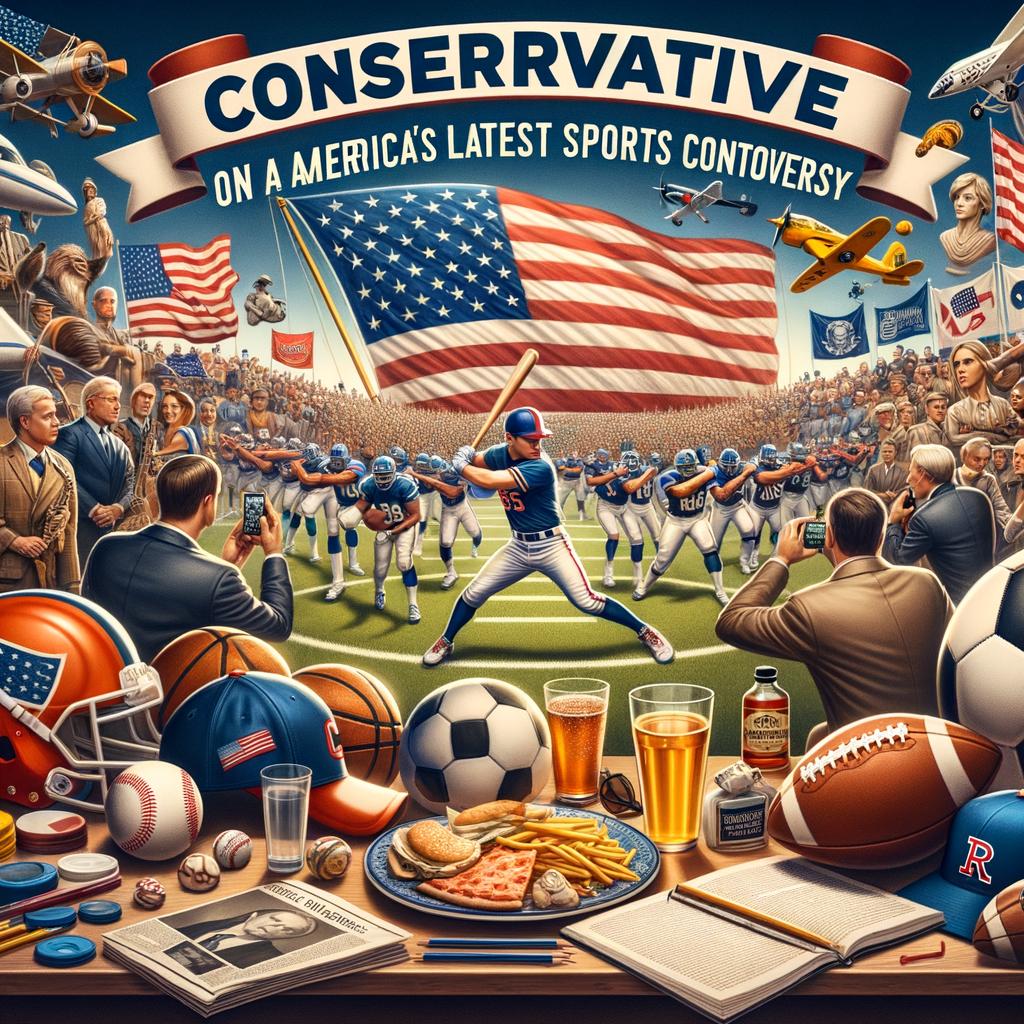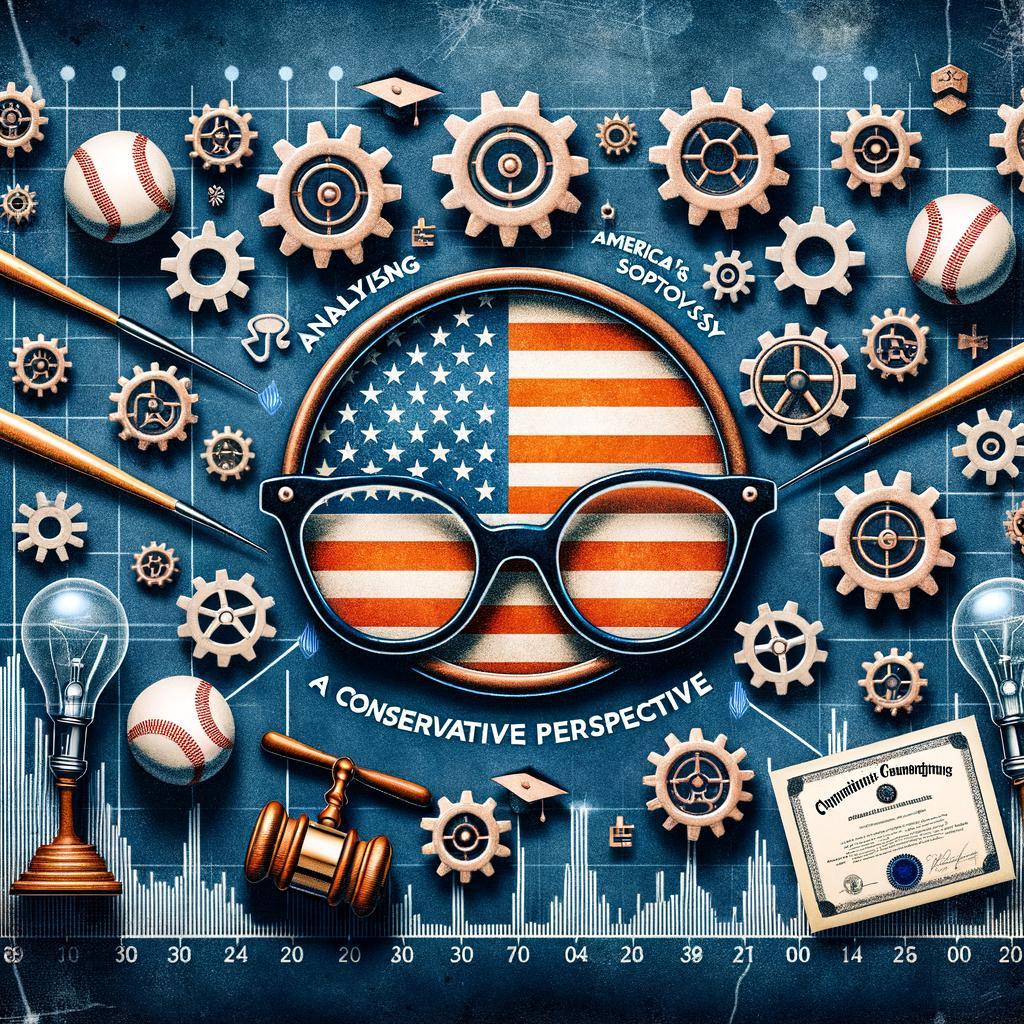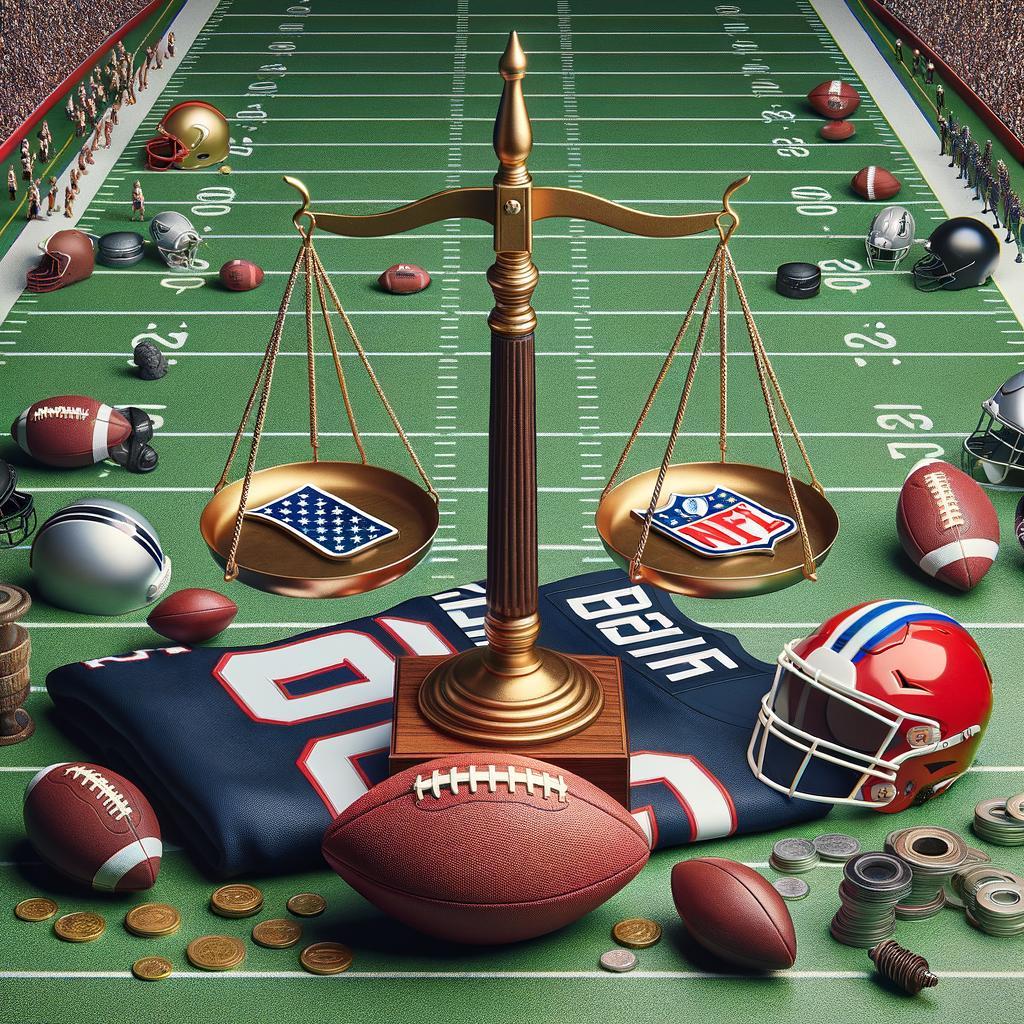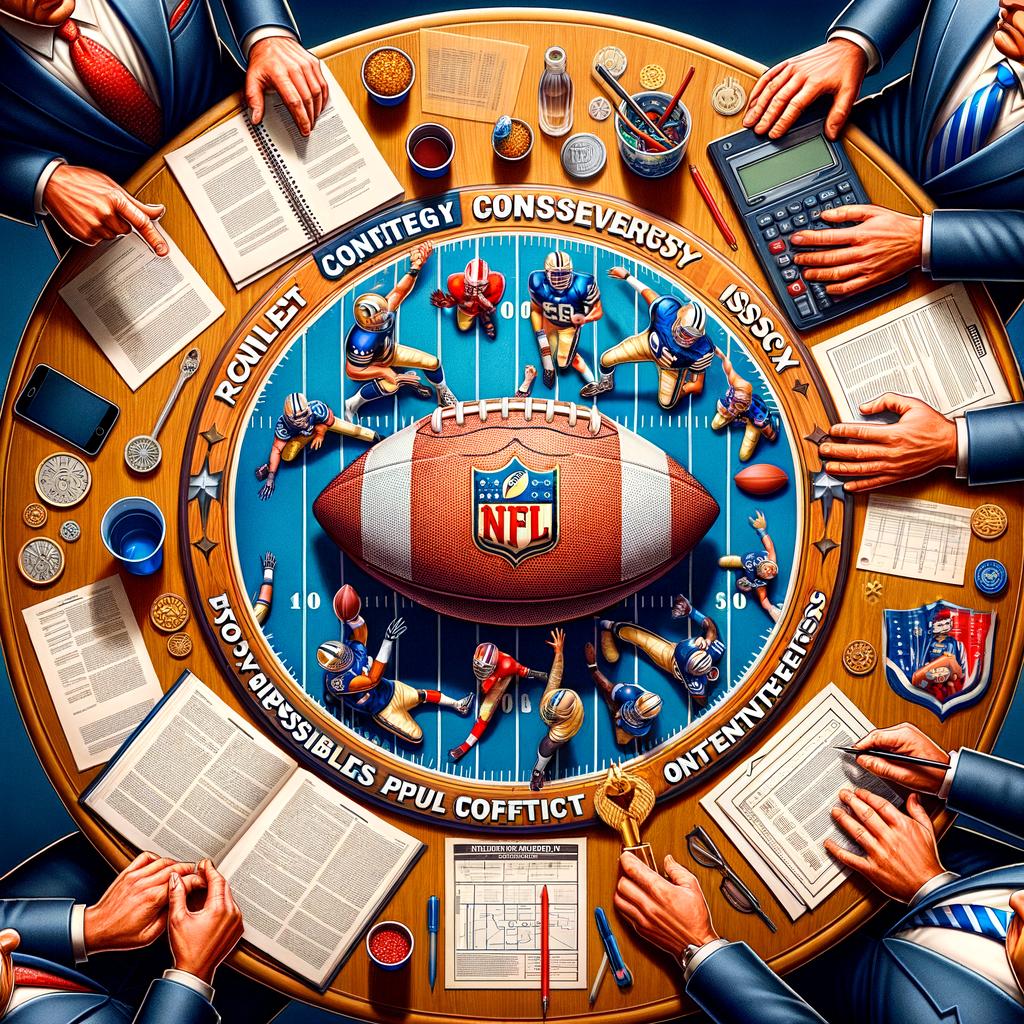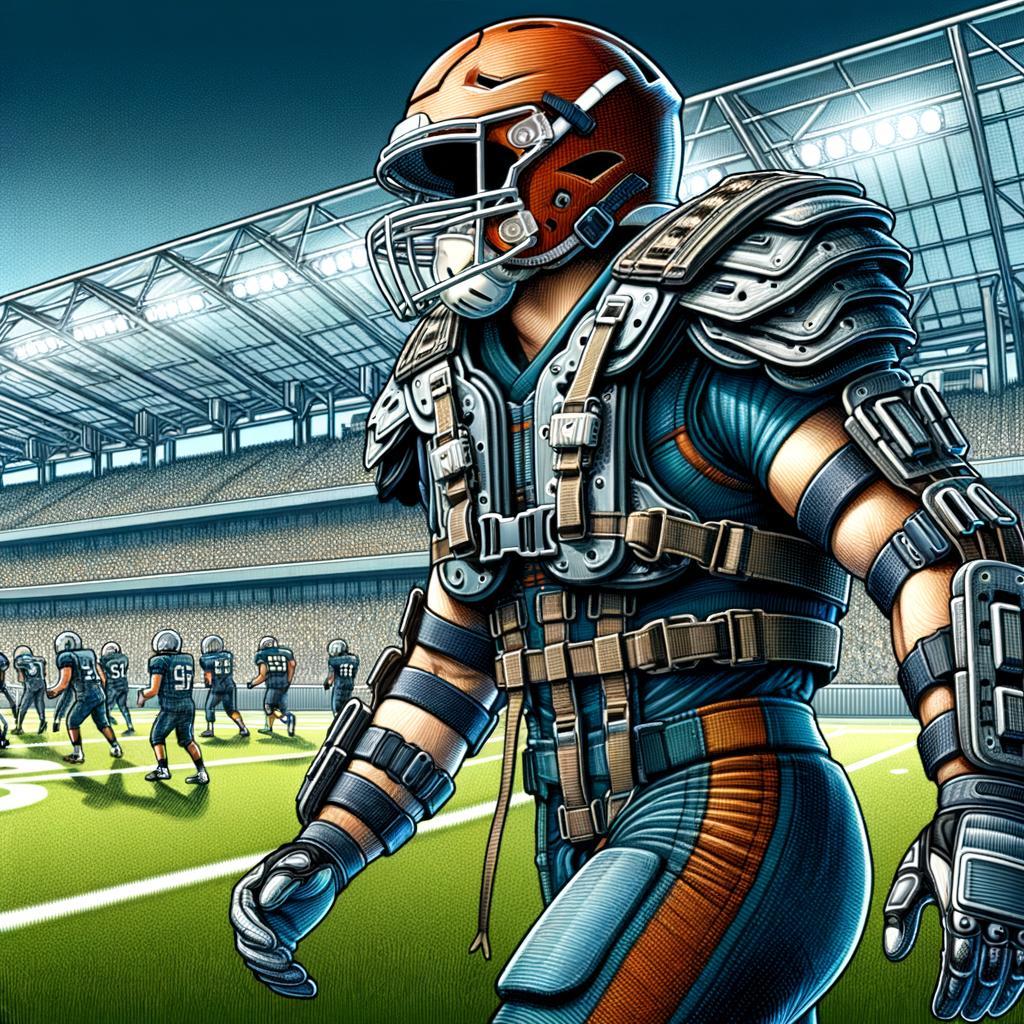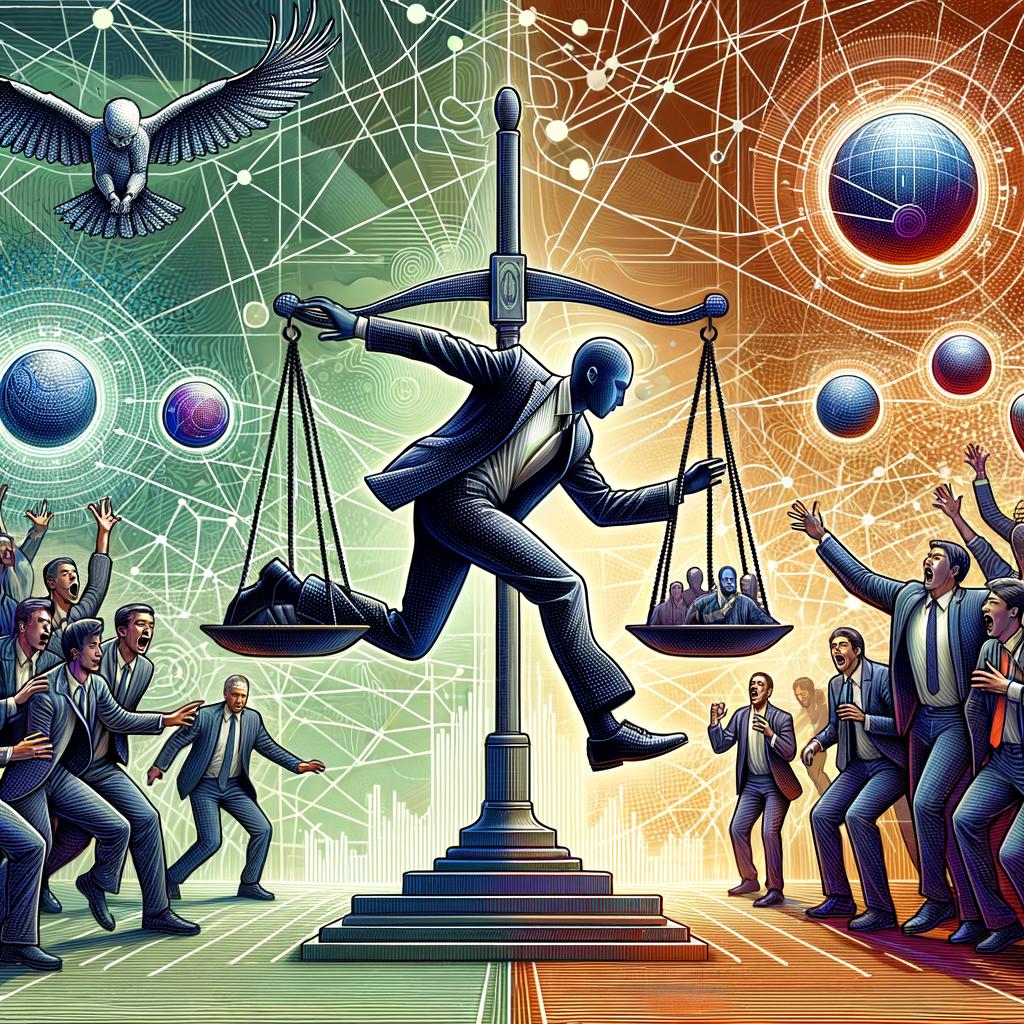In recent years, sports have transcended their traditional boundaries, often becoming battlegrounds for broader societal debates and controversies. The latest flashpoint in this ongoing clash is emblematic of a wider cultural divide—the intersection of athletic performance and political ideology. As athletes voice their opinions on social issues and teams navigate the complexities of public sentiment, many find themselves asking: What does this mean for the future of American sports? From player activism to the influence of media narratives, these developments prompt a critical examination of the values that shape our national pastime. This article seeks to dissect America’s latest sports controversy through a conservative lens, advocating for a return to the principles that prioritize the game itself over political theatrics. By highlighting the potential consequences of intertwining sports with ideological battles, we aim to engage readers in a thoughtful dialogue about preserving the integrity of athletics amid an increasingly polarized arena.
The ongoing divide in American sports reflects deeper cultural and ideological rifts within our society. For many fans, the tension between differing values seeps into what was once merely a recreational pastime, blurring the lines between sports and politics. The narrative surrounding athletes making political statements or organizations endorsing controversial ideologies has created a palpable tension among fans who feel marginalized by these developments. To some, sports are a sanctuary—a place where they can escape the societal dilemmas of the day. Yet, for others, that same space is increasingly co-opted for activism, leaving conservative fans feeling alienated. It is critical to recognize that this tension is not merely about sports but speaks to larger issues of identity, allegiance, and community.
To address this growing divide and foster unity within the realm of sports, a concerted and conservative approach is necessary. This includes:
- Championing local sports initiatives: Supporting community-based programs that encourage participation across diverse demographics without political agendas.
- Promoting individual athlete stories: Encouraging narratives that emphasize hard work, resilience, and achievement, highlighting how sports can be a unifying force.
- Building partnerships: Fostering collaborations between teams, schools, and local businesses to focus on community-driven objectives rather than divisive political rhetoric.
By pivoting the conversation from confrontation to cooperation, we can create a more inclusive sports environment where common values supersede divisive ideologies. The aim should not merely be tolerance, but a genuine celebration of the diverse tapestry that makes sports a beloved aspect of American life.
In Summary
the ongoing sports controversy permeating America’s cultural landscape serves as a reflection of larger societal tensions. Through a conservative lens, we recognize the importance of preserving the integrity of sports, which have long been a unifying force in our communities. While passionate debates will undoubtedly continue to unfold, it is vital for us to engage constructively and thoughtfully, prioritizing respect for our national values and traditions.
This moment challenges us not only to analyze the events at hand but also to reflect on our principles and the impact of our decisions on future generations. By advocating for accountability, open dialogue, and a recommitment to the core values that have historically defined our nation, we can navigate this controversy with a mindset towards healing and unity. Let us embrace the opportunity to champion the sports we love while upholding the values that make America truly great. Ultimately, it’s not just about the games we play; it’s about the character we build and the legacy we leave behind.